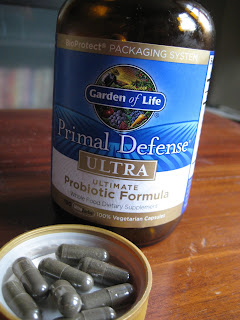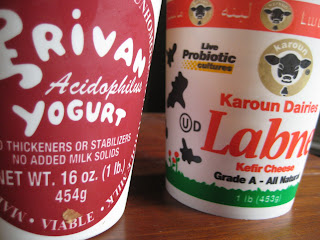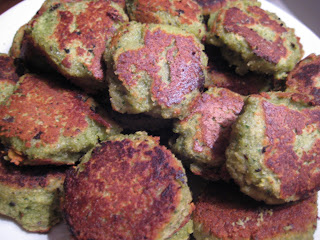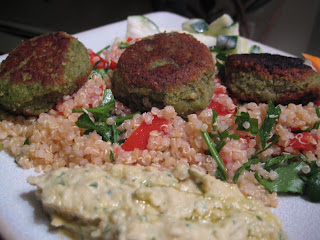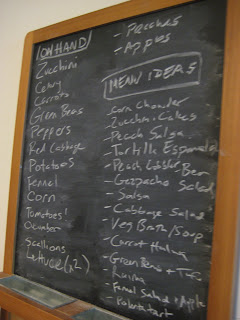 We've heard of people going 'green,' but few live it like my friend Sacha. Her wedding was no different.
We've heard of people going 'green,' but few live it like my friend Sacha. Her wedding was no different.A self-proclaimed fan of No Impact Man and pusher of compost, Sacha Jones and her partner Mike Nies threw a 'bloody marvelous' wedding for 170-guests in the East Village on Sunday. The couple managed to stay true to their eco-principles, on an event that can easily force couples to give-in to convenience and comfort.
All invitations were sent out electronically (no paper), a 'no-gift' policy erected, and all guests were asked to bring a dish to share. The Ukranian Ballroom, the location of the reception, became perhaps the East Village's largest potluck dinner.
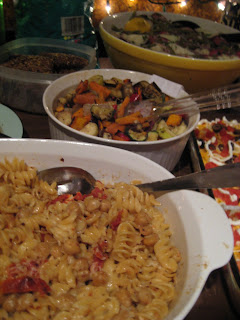 The couple urged guests to try their hands making a vegetarian dish using quinoa and rice. (Yes, Sacha is also a health counselor!) I chose to show up with my cornmeal crusted tempeh, a favorite of the newly minted husband and wife. Others brought pasta salads, roasted vegetables, and garlic-y greens. Fortunately, for the culinary-challenged, a Whole Foods Market was nearby. Others contributed beer and wine.
The couple urged guests to try their hands making a vegetarian dish using quinoa and rice. (Yes, Sacha is also a health counselor!) I chose to show up with my cornmeal crusted tempeh, a favorite of the newly minted husband and wife. Others brought pasta salads, roasted vegetables, and garlic-y greens. Fortunately, for the culinary-challenged, a Whole Foods Market was nearby. Others contributed beer and wine.It was really remarkable to see the community come together. The wedding cake was gifted by Ayse, owner of polka dot cakes, and even made gluten free to accommodate the bride. Instead of a professional photographers, the couple relied on the shutter skills of their artist friends. And everyone donated plates and silverware to be used for the occasion.
 Swati and I had a great time at the event and left inspired for our own wedding. It is always refreshing to see authenticity prevail in a time when its easy to give into the cookie-cutter-wedding-industry-establishment. I personally would be very grateful to have my life play out like this wedding - full of good food, love, and amazing people.
Swati and I had a great time at the event and left inspired for our own wedding. It is always refreshing to see authenticity prevail in a time when its easy to give into the cookie-cutter-wedding-industry-establishment. I personally would be very grateful to have my life play out like this wedding - full of good food, love, and amazing people.

